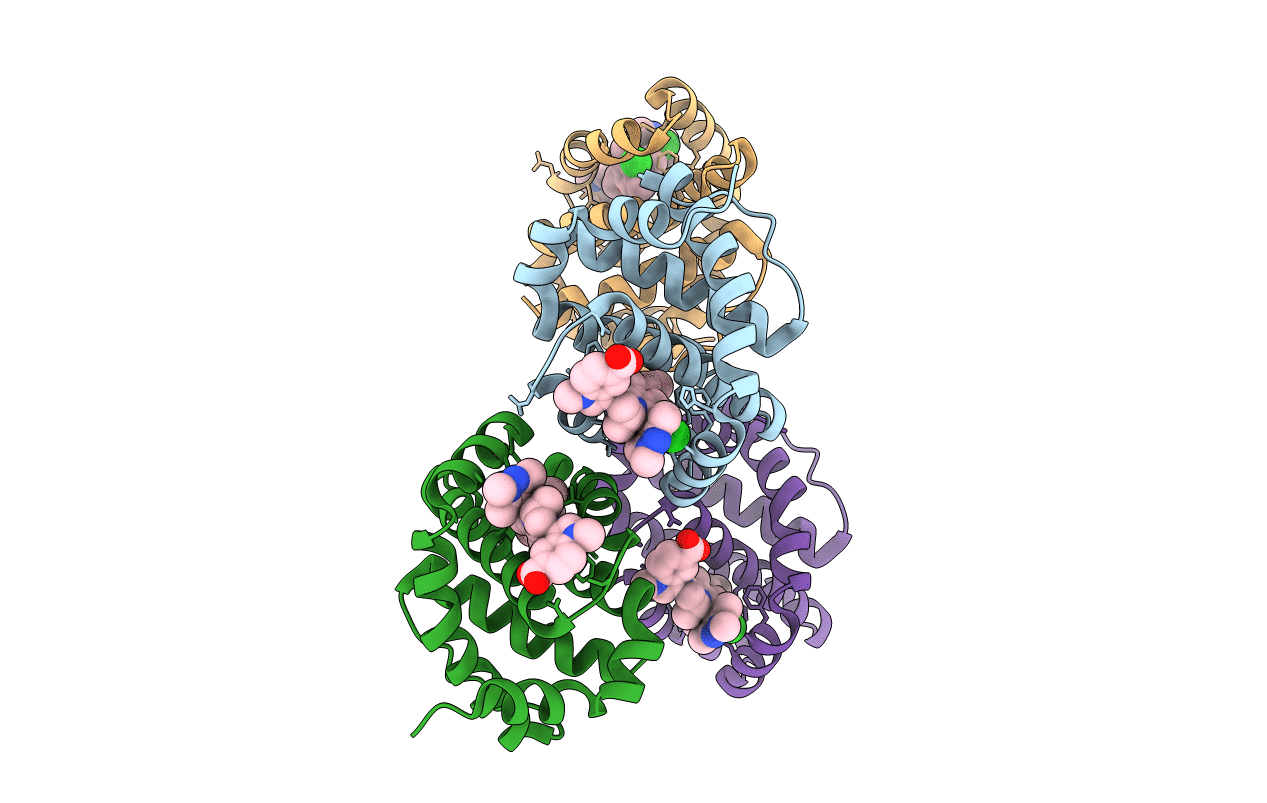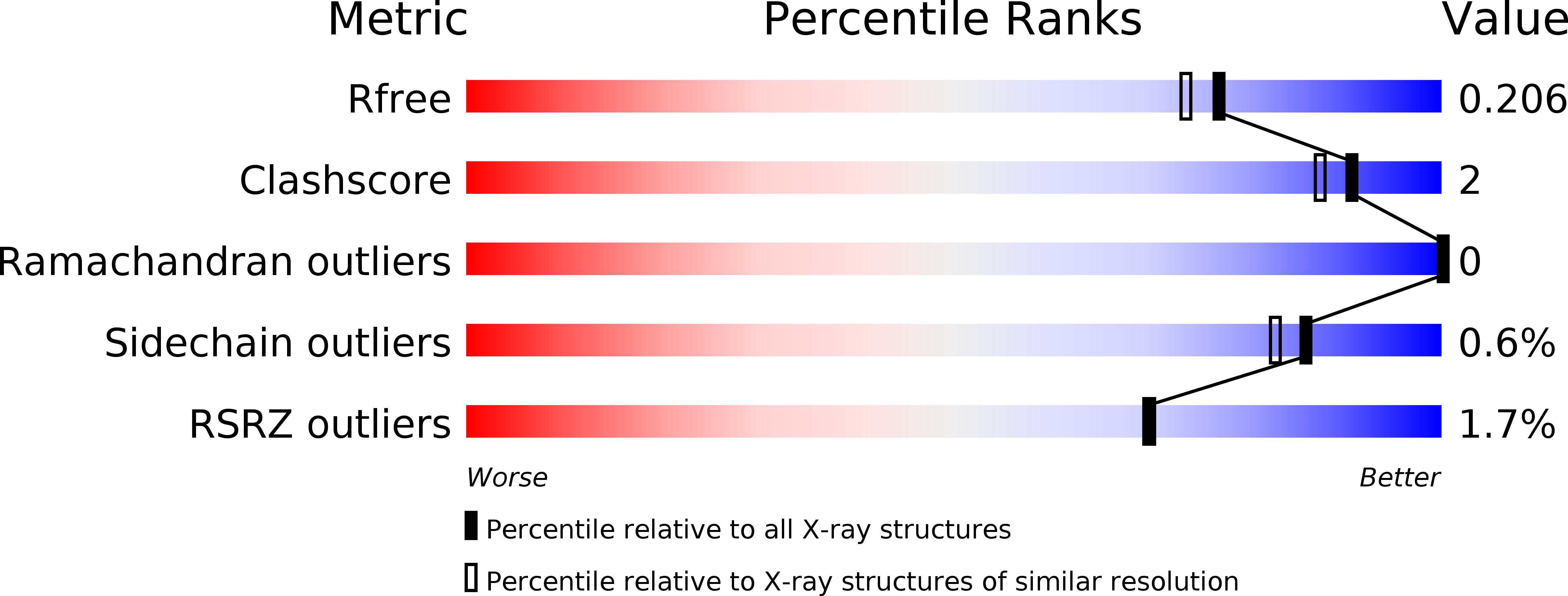
Deposition Date
2018-12-17
Release Date
2019-04-17
Last Version Date
2023-10-11
Entry Detail
PDB ID:
6NE5
Keywords:
Title:
Discovery of Potent Myeloid Cell Leukemia-1 (Mcl-1) Inhibitors that Demonstrate in vivo Activity in Mouse Xenograft Models of Human Cancer
Biological Source:
Source Organism:
Homo sapiens (Taxon ID: 9606)
Host Organism:
Method Details:
Experimental Method:
Resolution:
1.85 Å
R-Value Free:
0.20
R-Value Work:
0.17
R-Value Observed:
0.17
Space Group:
P 1 21 1


